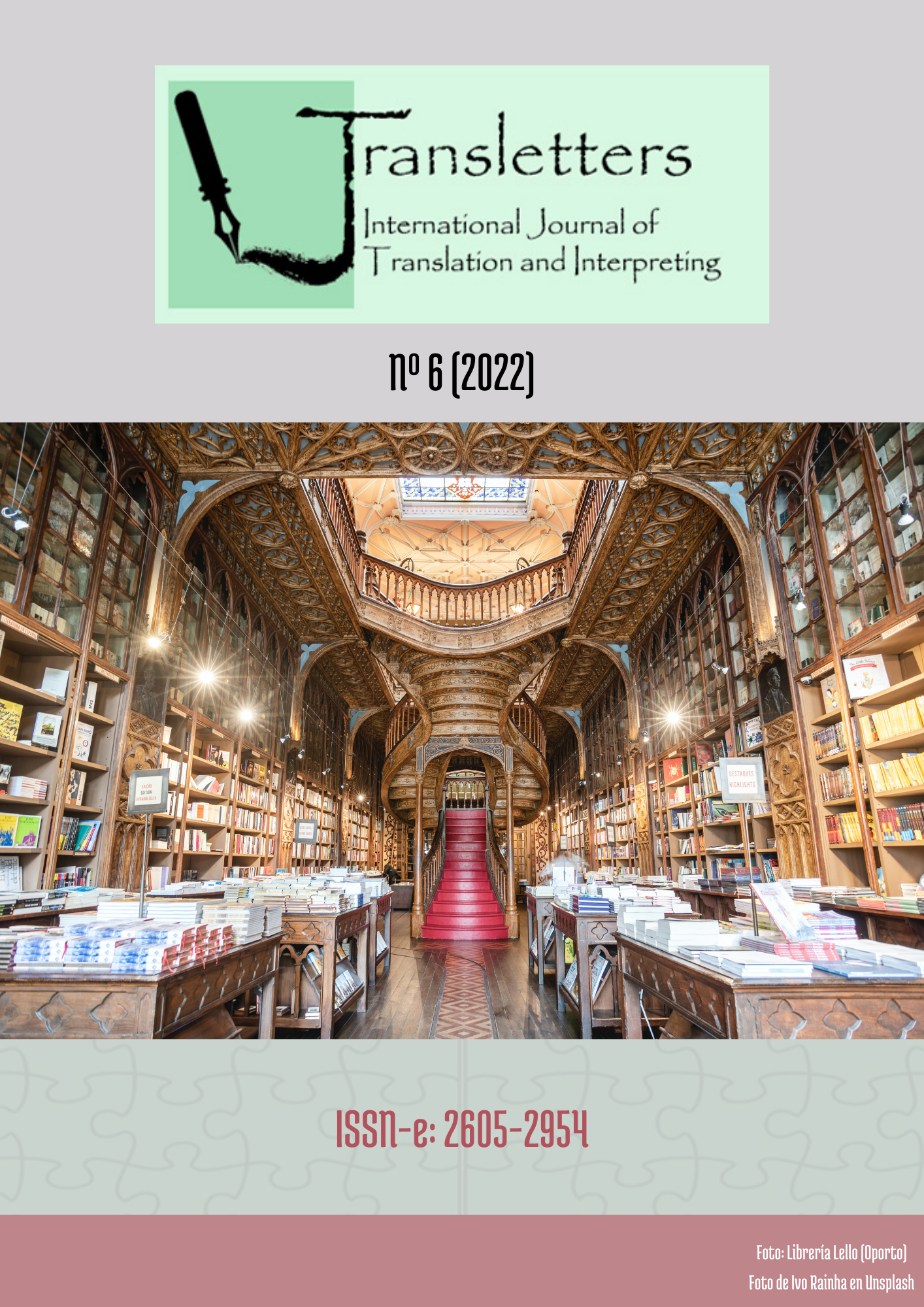Directionality in translator training Contrastive evaluation of L1 and L2 translations using the PIE method (Preselected Items Evaluation) and the ATA Framework for Standardized Error Marking
Main Article Content
Abstract
This paper illustrates the results of an experiment conducted in translator training in
which thirty students translated a text from their L1 (Dutch) into their L2 (English).
The students completed a questionnaire on their acquisition of the L1, the perceived difficulty of each translation direction and the main difficulties encountered. The translations were analysed and scored by means of PIE (Preselected Items Evaluation), and the errors identified were categorised using the error categories of the ATA Framework for Standardized Error Marking. While the students scored slightly higher into their L2, the scores and main error categories were similar in the two translation directions. The students whose L1 is not Dutch obtained similar scores to those whose L1 is Dutch. The students’ perceived main difficulties were confirmed in the error categorisation. Finally, the perceived overall difficulty was higher than the item difficulty measured by means of PIE.
Downloads
Article Details
Suggested policy for journals that offer open access
Authors who publish with this journal agree to the following terms:
1. Authors retain copyright and grant the journal the right of first publication with the work simultaneously licensed under a Creative Commons Attribution License, which allows others to share the work with an acknowledgement of authorship of the work and initial publication in this journal.
2. Authors may enter into additional contractual arrangements for non-exclusive distribution of the published version of the paper in the journal (e.g., submission to an institutional repository), with an acknowledgement of its initial publication in this journal.
3. Authors are allowed and encouraged to publish their work prior to the final version published in this journal once accepted (e.g., in institutional repositories or on their website), as it can lead to productive exchanges, as well as earlier and higher citation of the published work (see The Open Access Effect).

